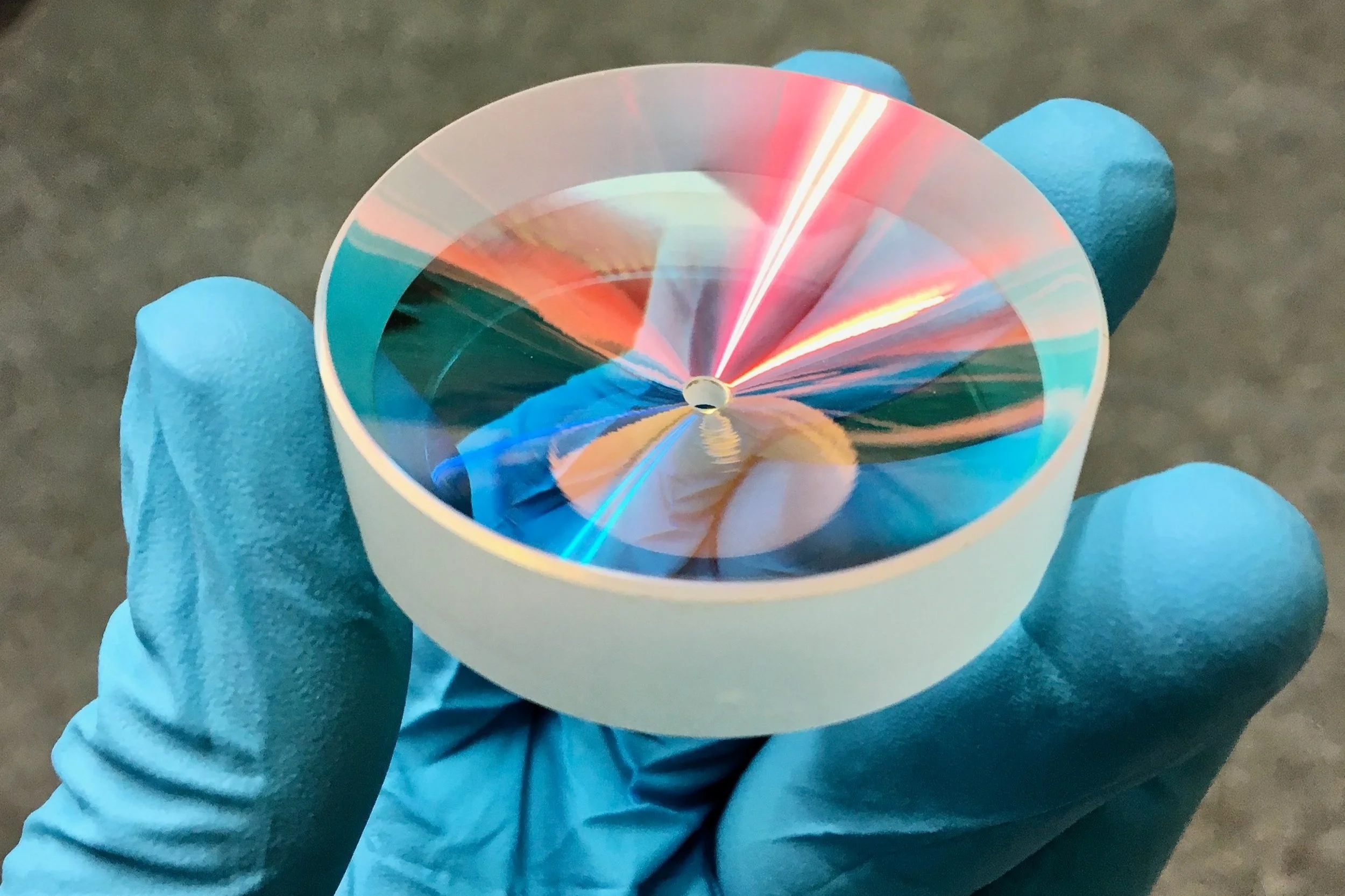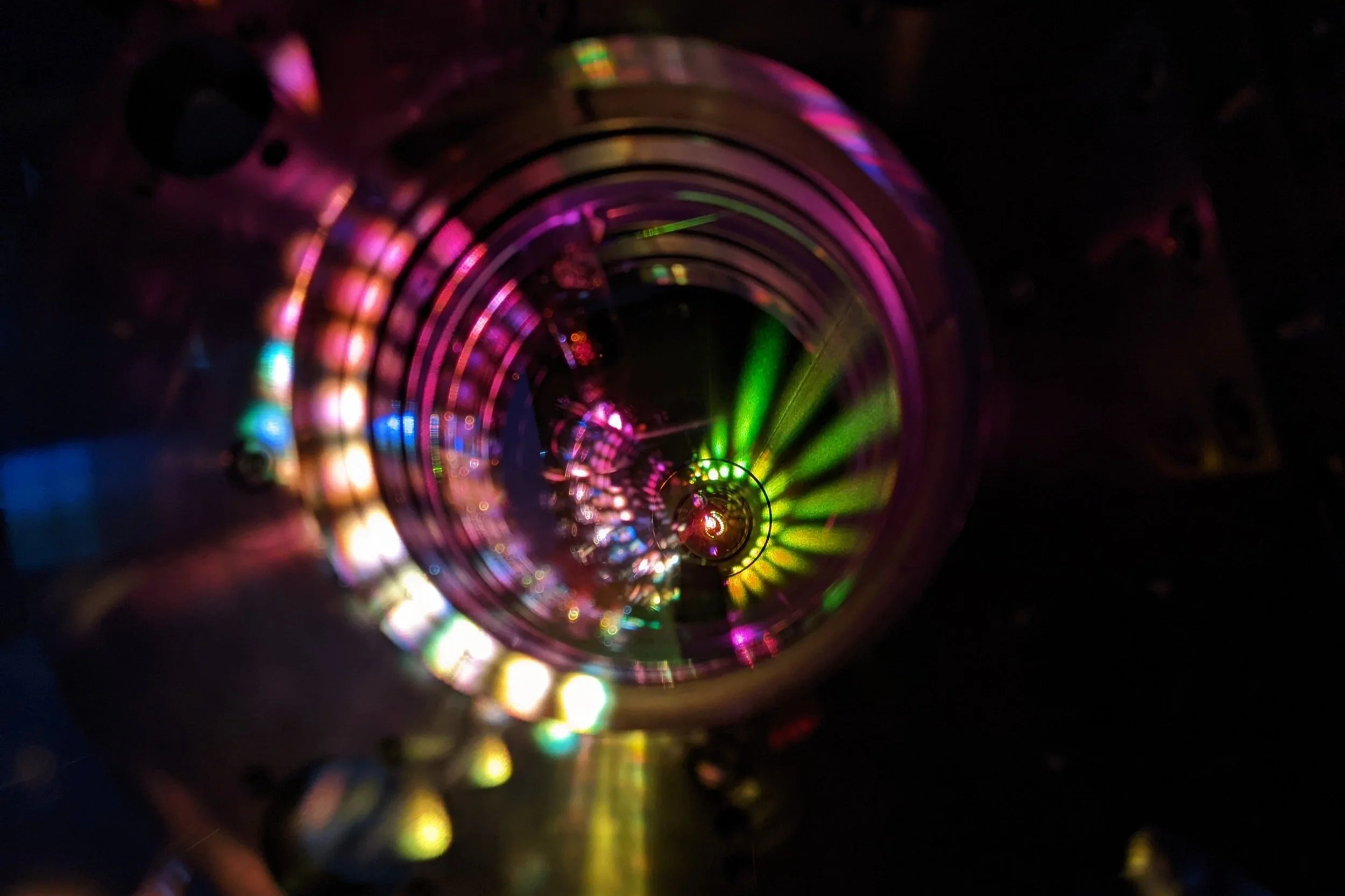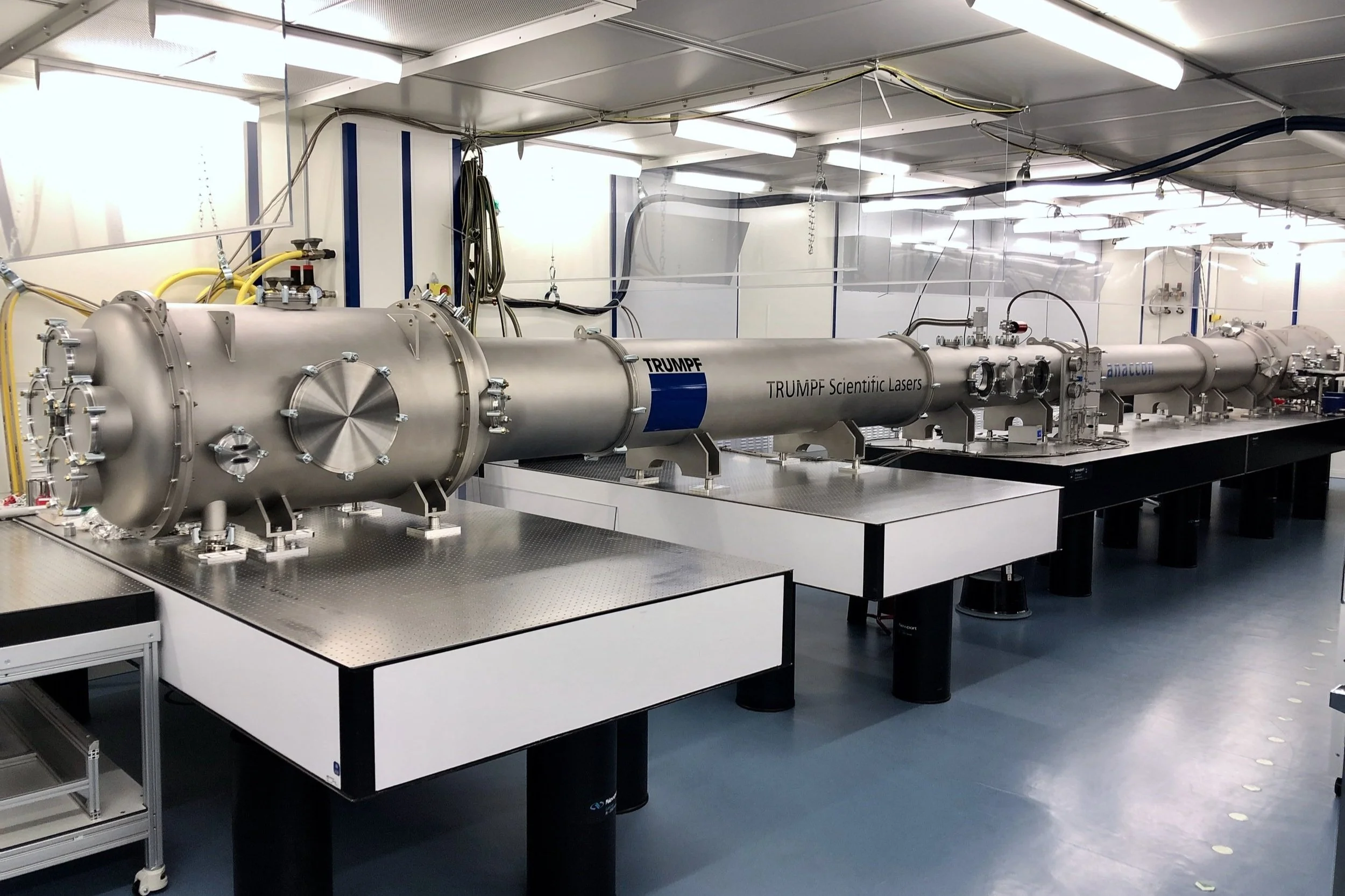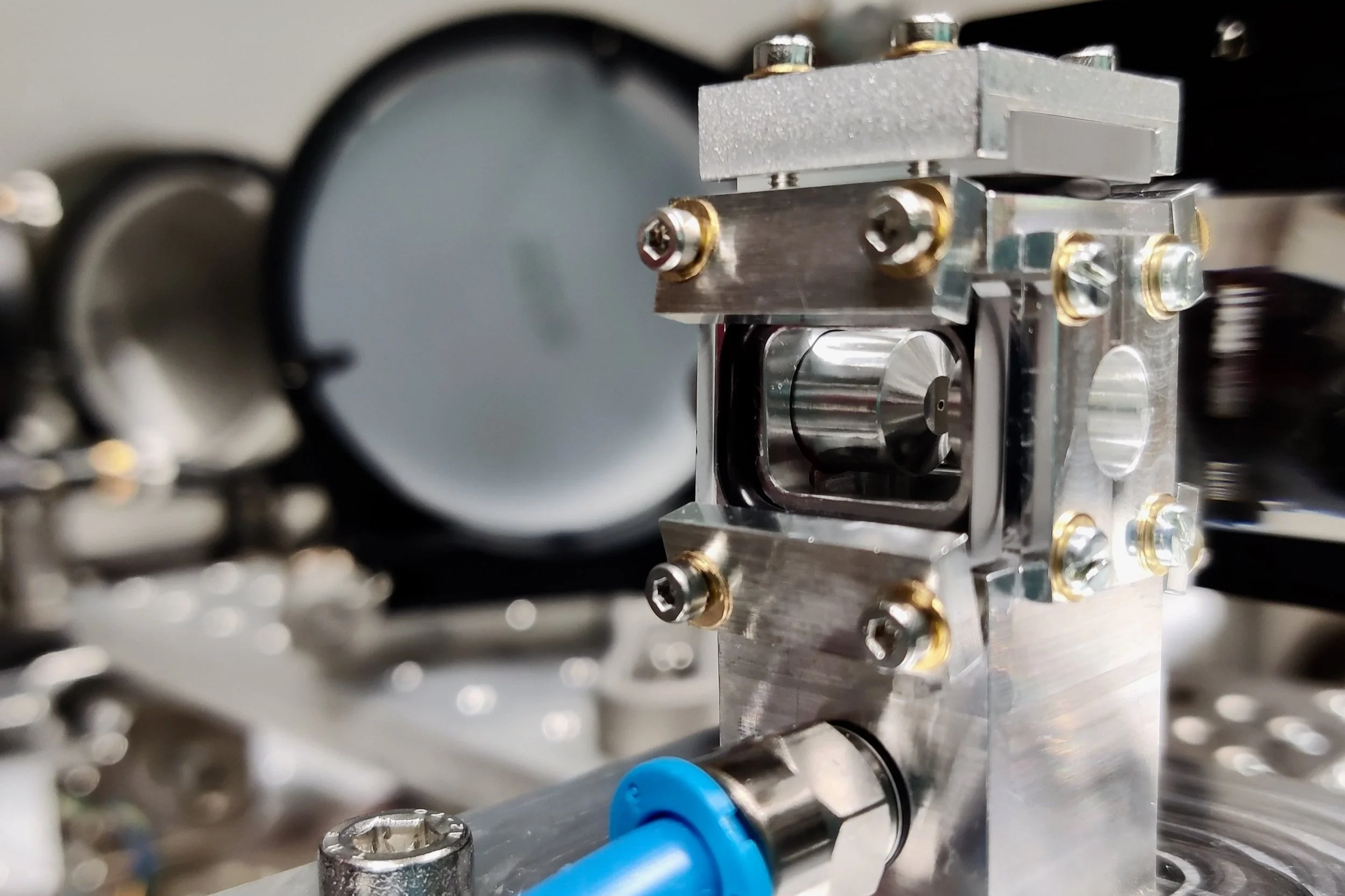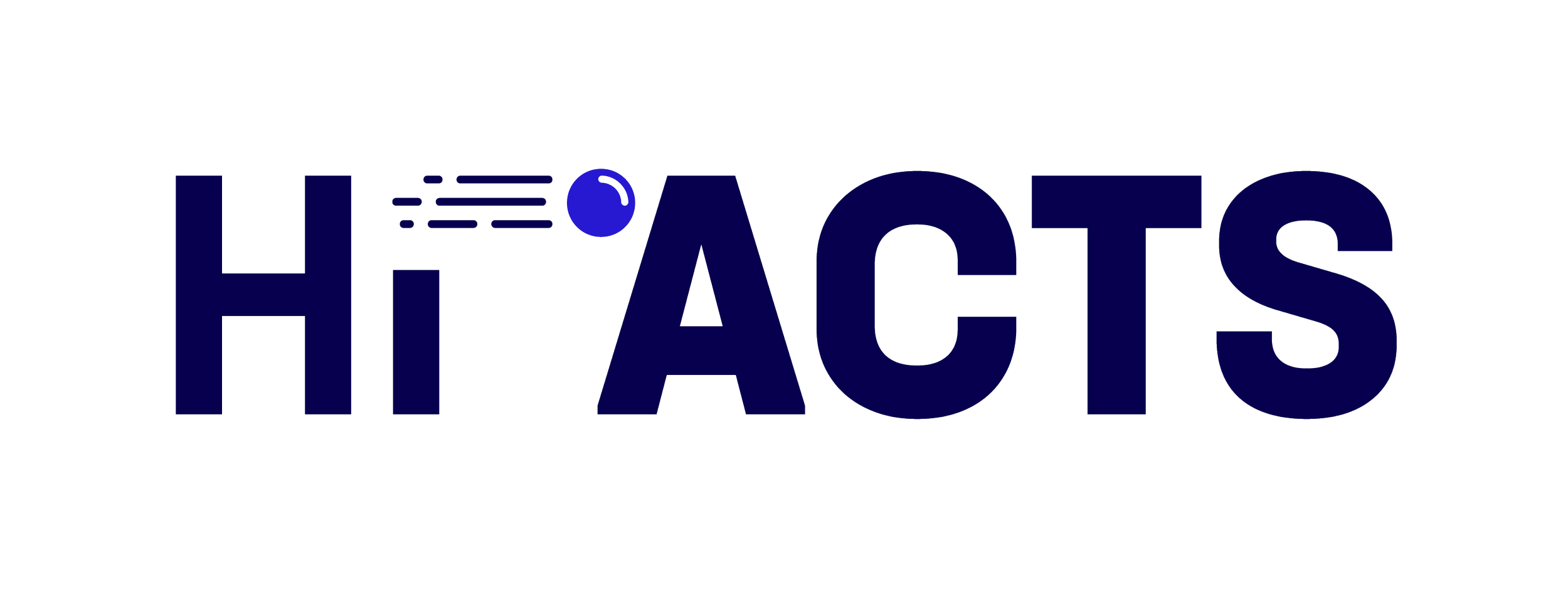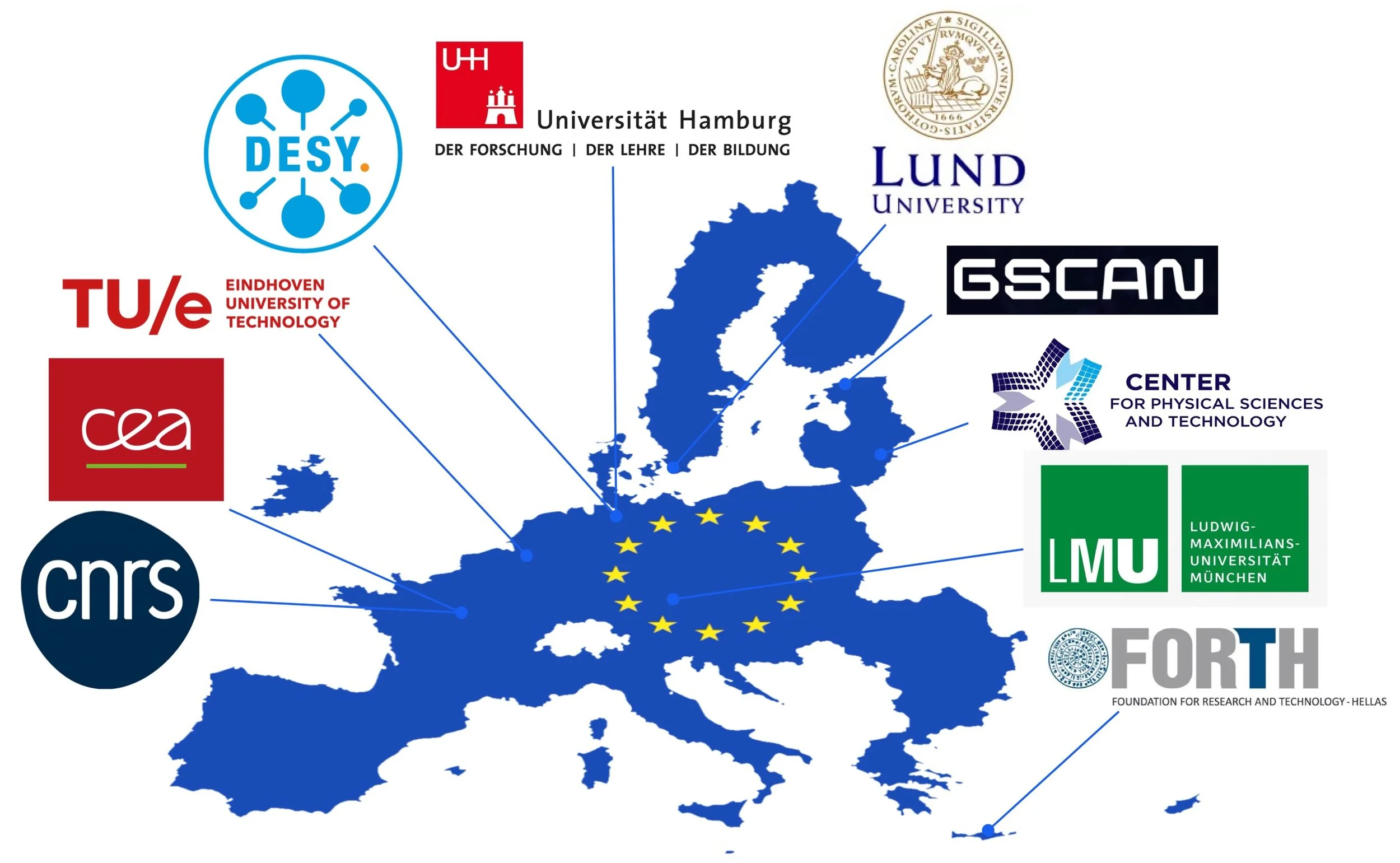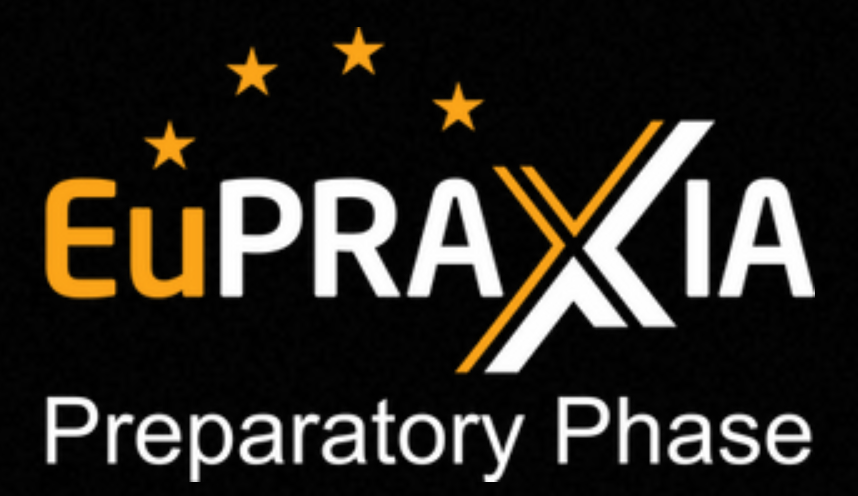

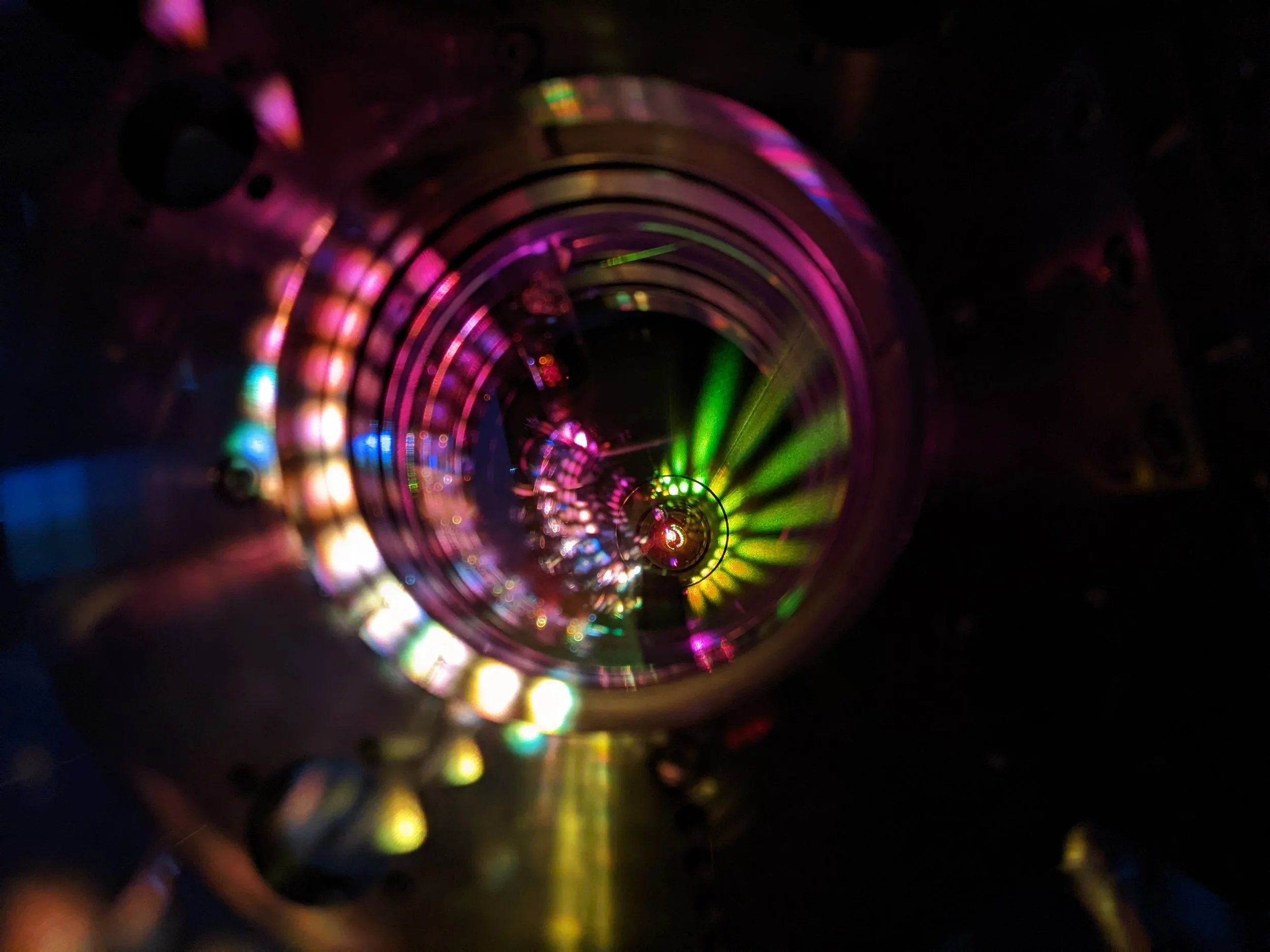
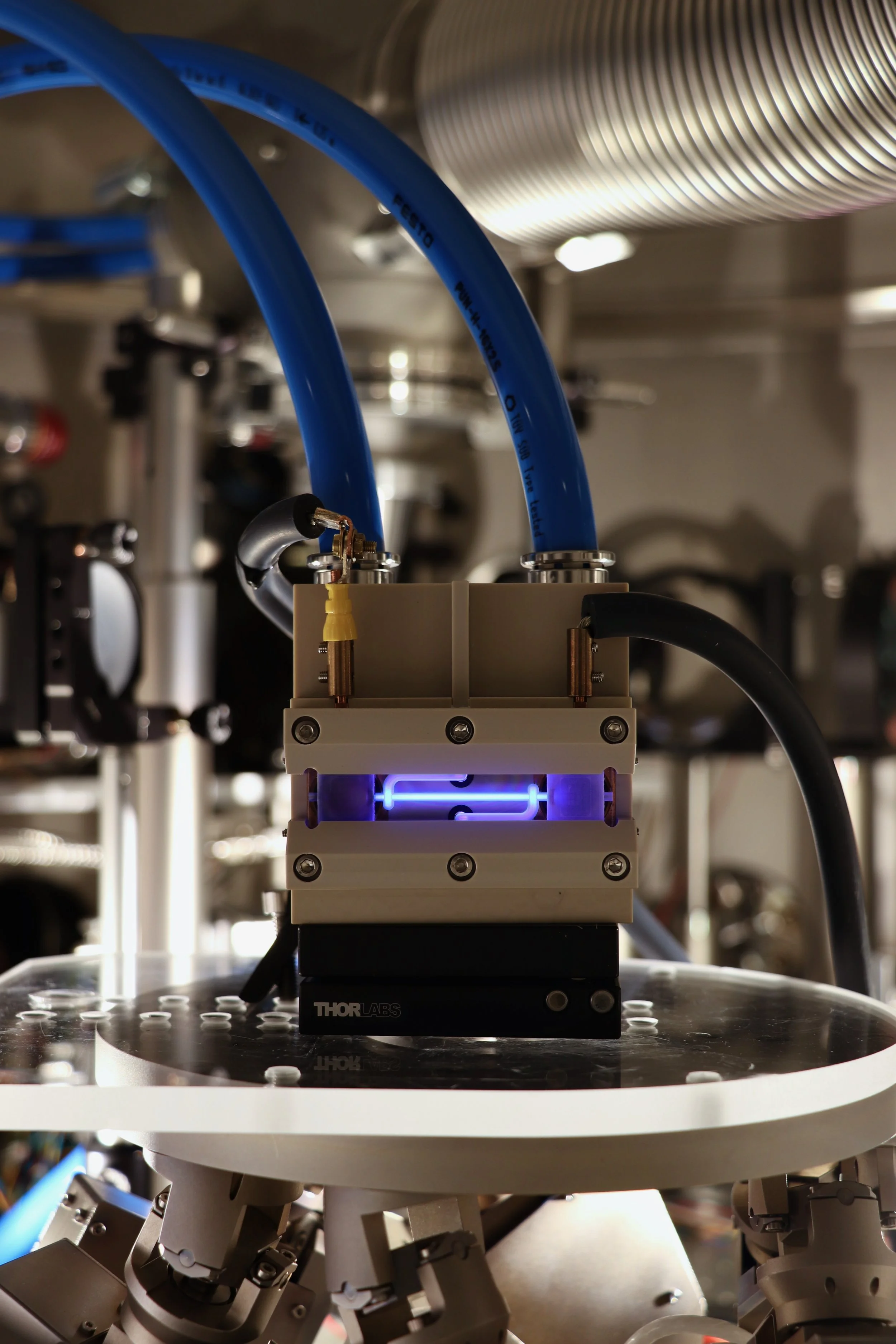
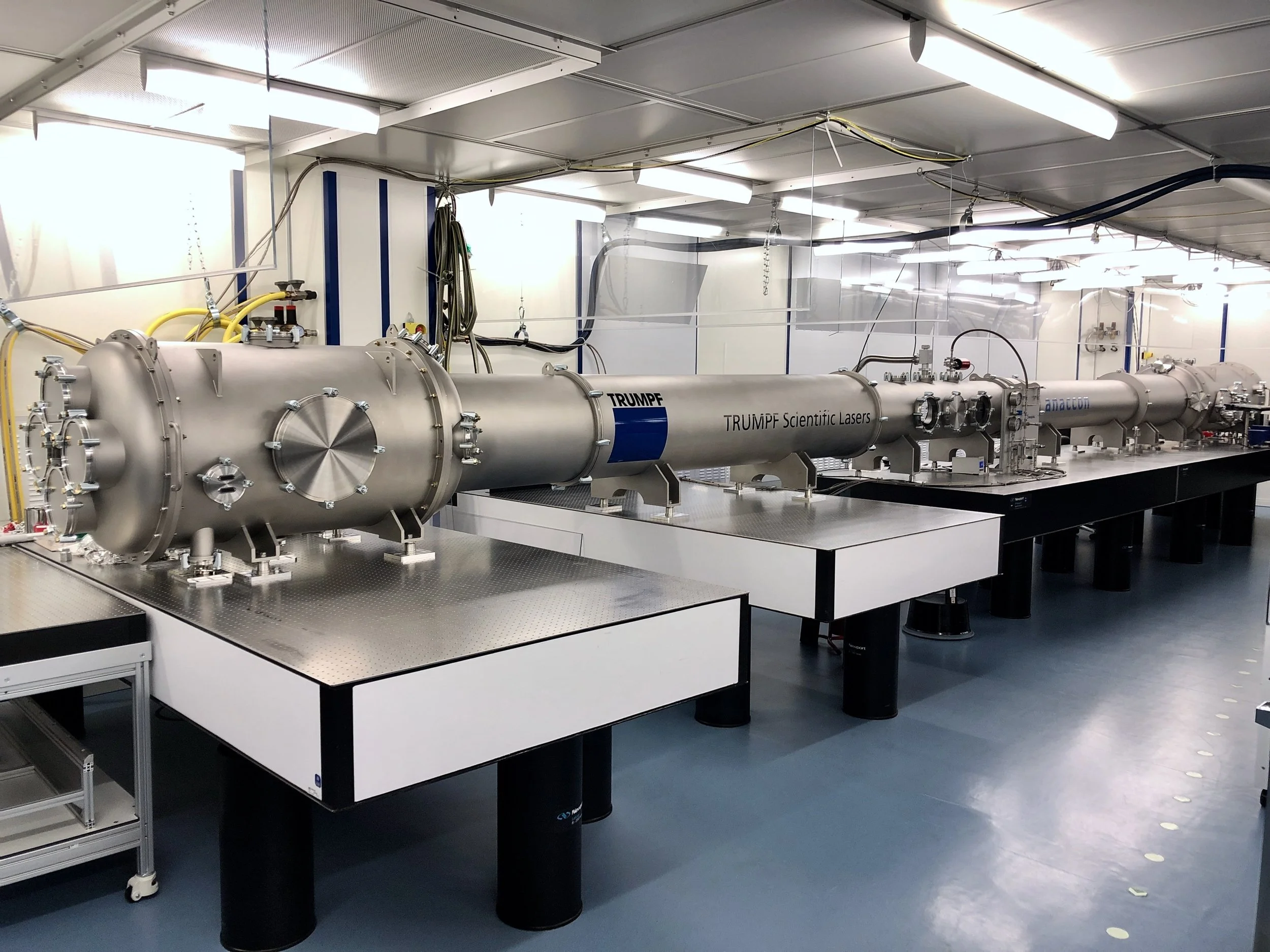


Third party Funding
Third party Funding
In addition to our flagship activities, KALDERA and FLASHForward, we have a diverse portfolio of third-party funded projects supporting our mission to advance the fundamental understanding of plasma accelerators and mature the technology towards applications.
Our projects are funded through a wide variety of sources, ranging from the DFG Emmy Noether programme (SPLICE), to BMBF-funded projects (VERA, BEETLE), to a European network for PhD students (EPACE), and more.

SPLICE
SPLICE
SPLICE (Structured Plasmas for Laser-Driven Control of Electron Beams) is a 6 year DFG funded Emmy Noether group led by Rob Shalloo to develop plasma sources for generating high-quality and high-energy electron beams suitable for driving a compact water-window x-ray FEL or for injection into a conventional storage ring. This is pursued through the optical structuring of the 3D plasma density profile in the LPA to facilitate both guiding and controlled injection and is supported through machine- learning-driven optimization and control.
Point of Contact: Rob Shalloo
A gas cell used in LPA experiments
Reflective axicons can be used to generate line focii for plasma channel formation

VERA
VERA
The VERA project aims to generate few MeV electron beams by driving a laser plasma accelerator with a post-compressed laser pulse. We use two cascaded multi-pass cells to compress picosecond duration laser pulses from an efficient, industrial Yb-based laser to less than ten femtoseconds, boosting the peak power close to the terawatt level. Leveraging innovative microfluidic plasma sources that are a fraction of a human hair in size, we want to generate electron beams suitable for industrial and radiotherapy applications.
VERA is funded by BMBF
Inside of one of VERA’s multipass cells
VERA pulse compressor

APHEX
APHEX
One of our key application-oriented projects is the All-oPtical High-Energy X-ray (APHEX) source. With funding contributed through the Hi-Acts innovation platform, APHEX use inverse Compton scattering to generate X-rays with energies of 100 keV and beyond. APHEX leverages novel methods to tailor both the electron beam and the scatter laser pulse to create X-ray beams with percent-level bandwidth, ideal for non-destructive testing and medical imaging applications.
APHEX is funded through the Hi-Acts network
Layout of APHEX

BEETLE
BEETLE
BEETLE is a collaboration between TRUMPF Scientific Lasers and DESY, with AFS and UKE as additional partners. Funded through a joint BMBF project, our partnership combines expertise in laser technology, plasma acceleration and medical applications to evaluate the potential of laser-plasma accelerators for cancer research and treatment. The project’s primary goal is to develop a high average power laser-plasma accelerator delivering 100 MeV electrons beams driven by a post-compressed ytterbium laser.
BEETLE is a BMBF project
Kick-Off Meeting with the BEETLE project team
Simulation of the plasma acceleration process

EU
EU
EPACE
The EPACE (European compact accelerators, their applications, and Entrepreneurship) is a doctoral network, funded by EU’s flagship funding program for doctoral education and postdoctoral training of researchers; the Marie Skłodowska-Curie Actions.
EPACE will launch in January 2025 to educate the next generation of scientists on compact accelerator technologies and explore applications and commercial opportunities. The four-year-long program funds 15 PhD projects to perform research within the consortium and undergo comprehensive training including secondments at partner institutions and companies, network-wide events and summer schools.
The consortium, led by DESY, consists of 9 academic collaborators and 1 private company spanning over 7 EU countries, as well as 22 associated partners worldwide.
EuPRAXIA
EuPRAXIA is a proposal for a future European test facility for plasma accelerator research. We are part of an EU-funded preparatory phase project, EuPRAXIA-PP.
Together with colleagues at CNRS, we are coordinating work package 10 on “Plasma Components and Systems”, assessing the current technical status of plasma components and related systems.
